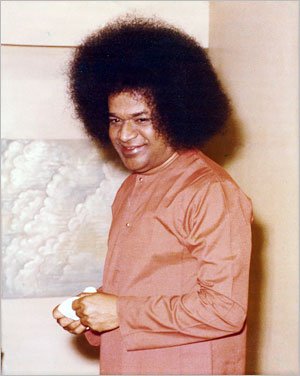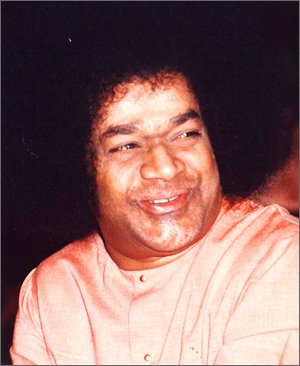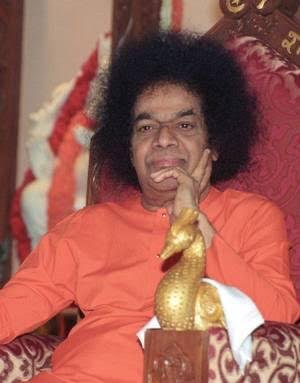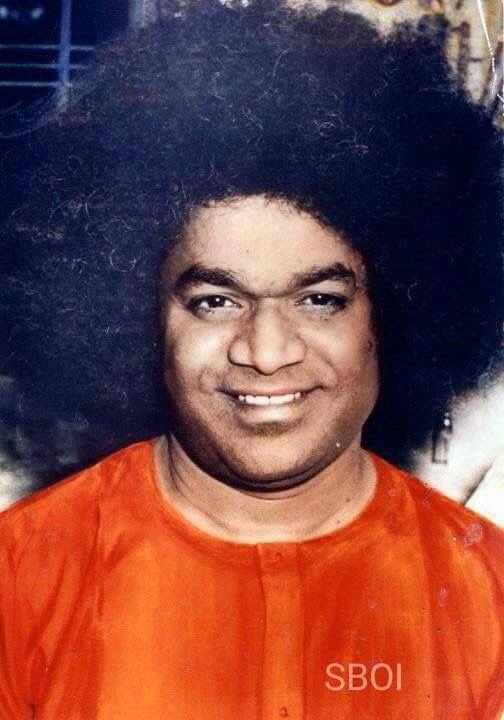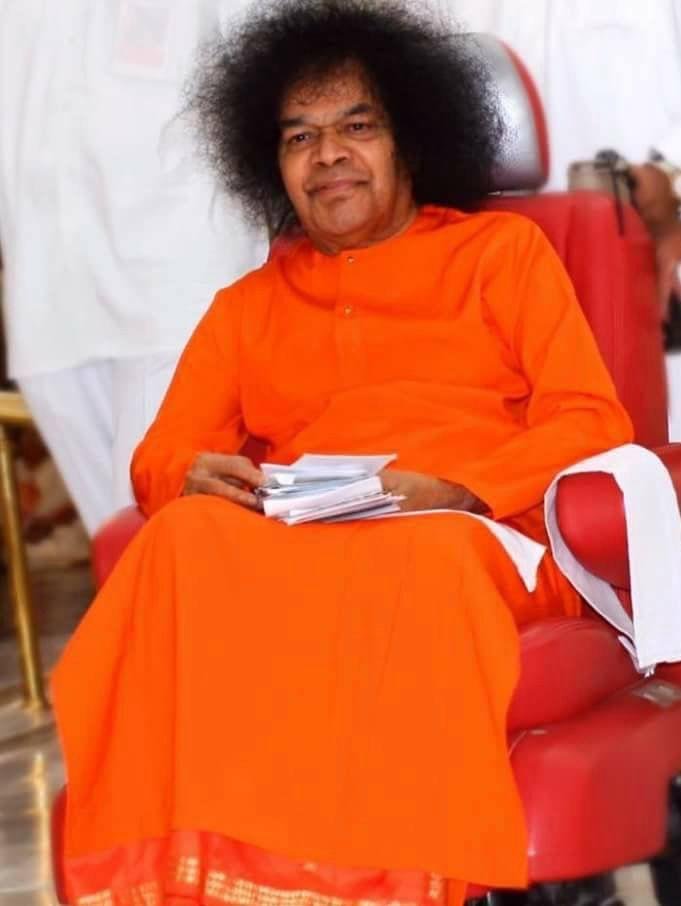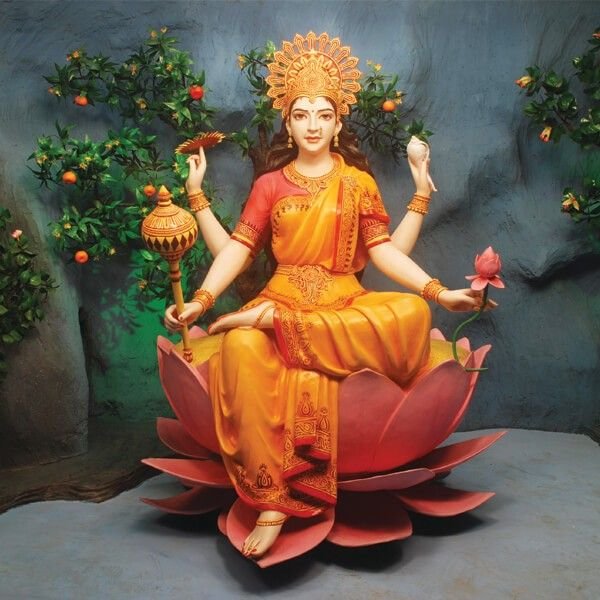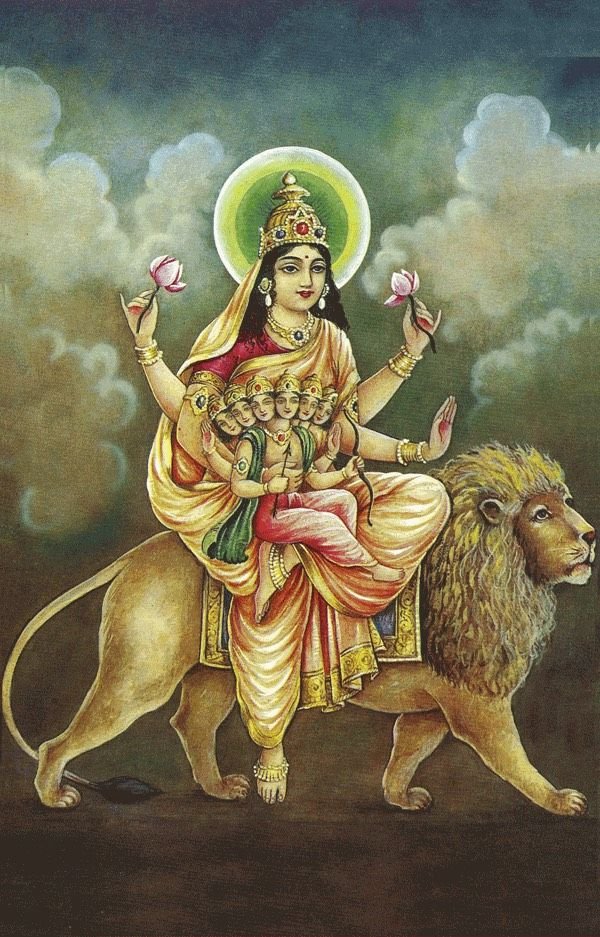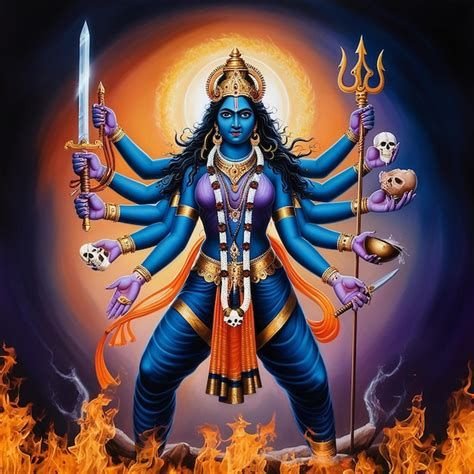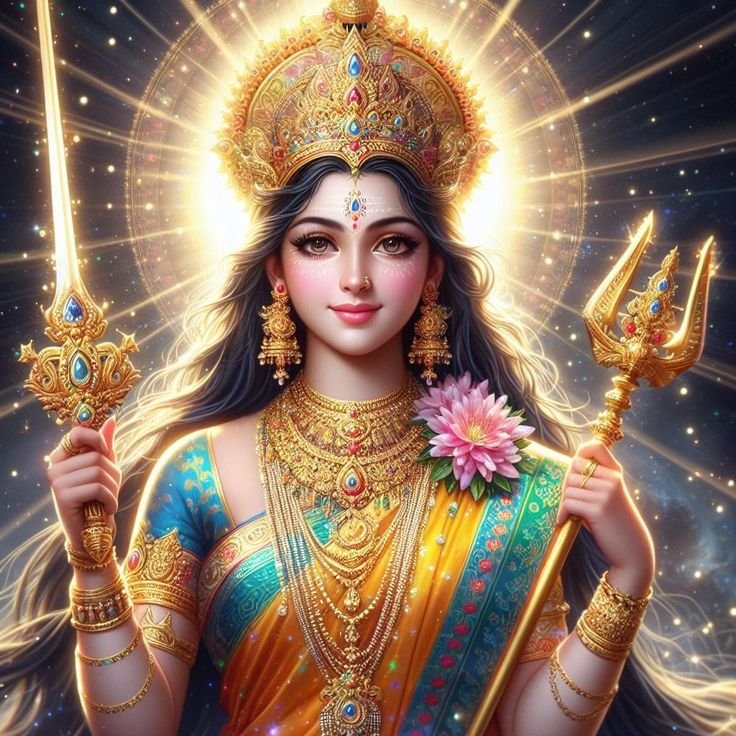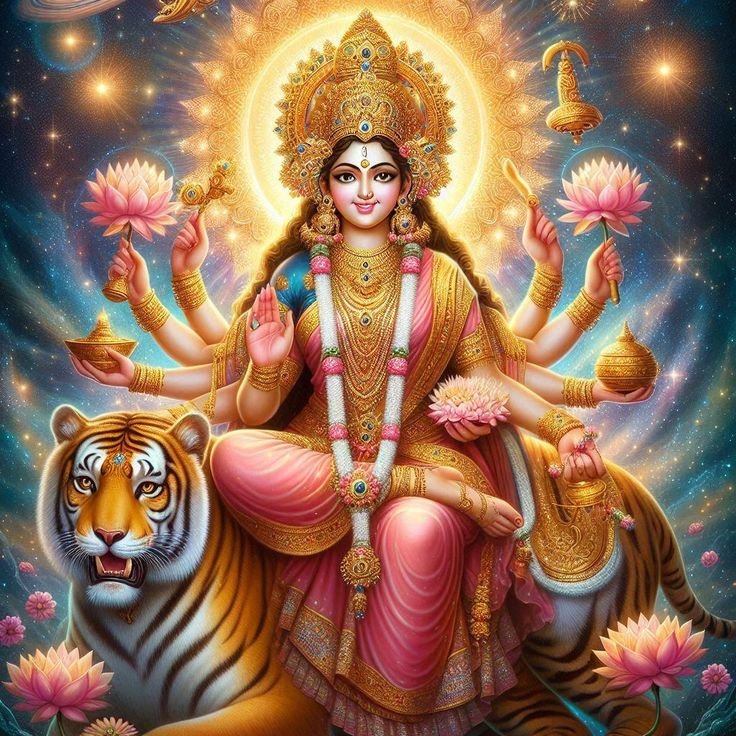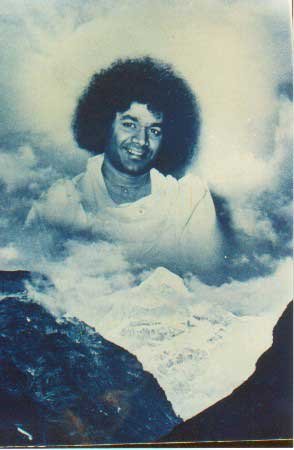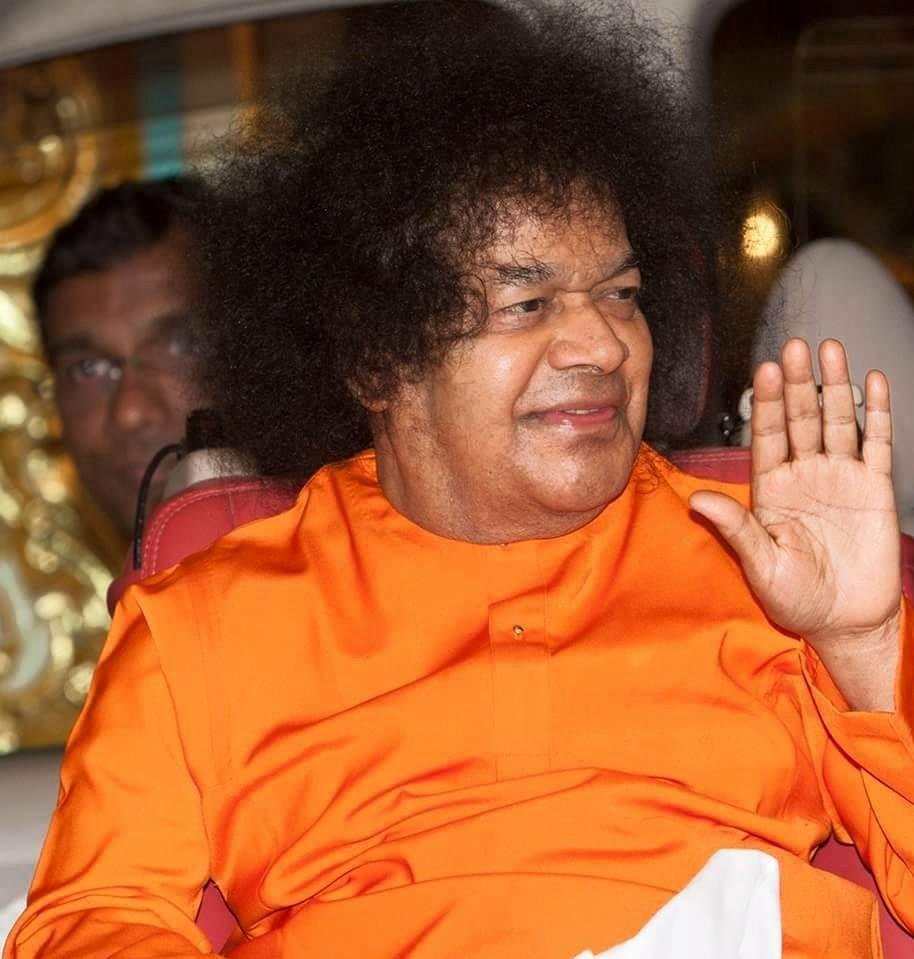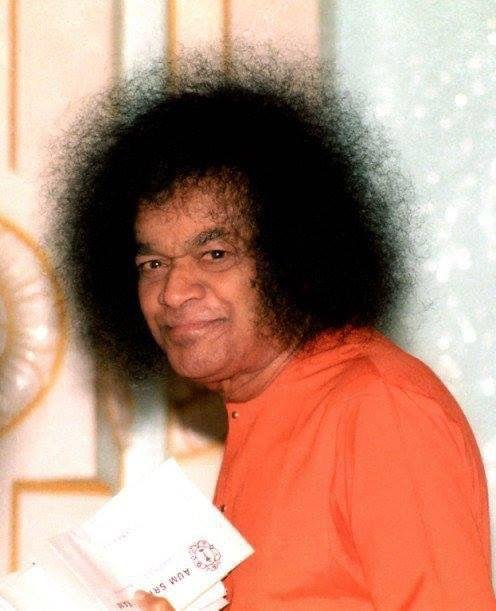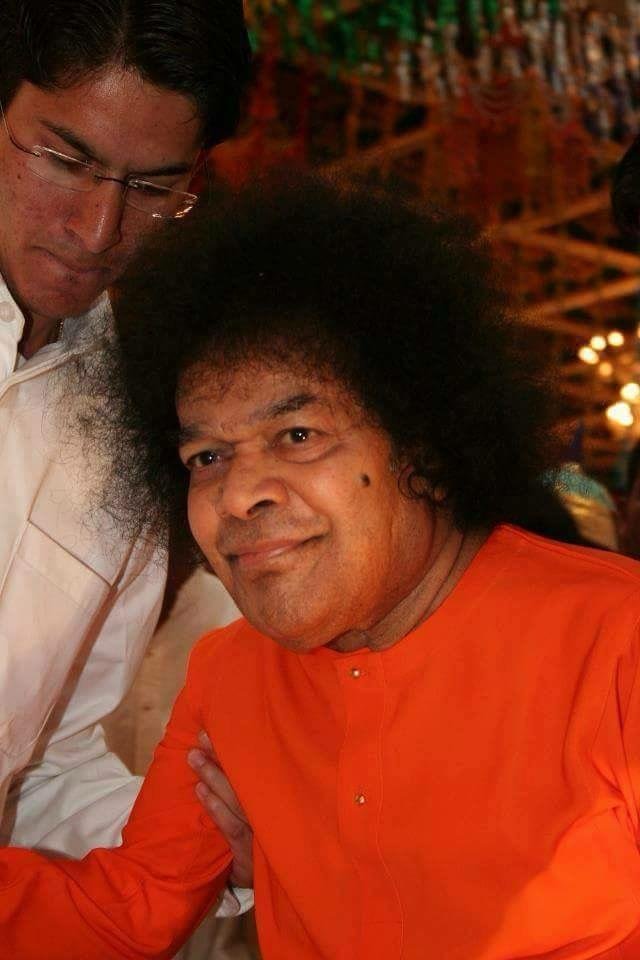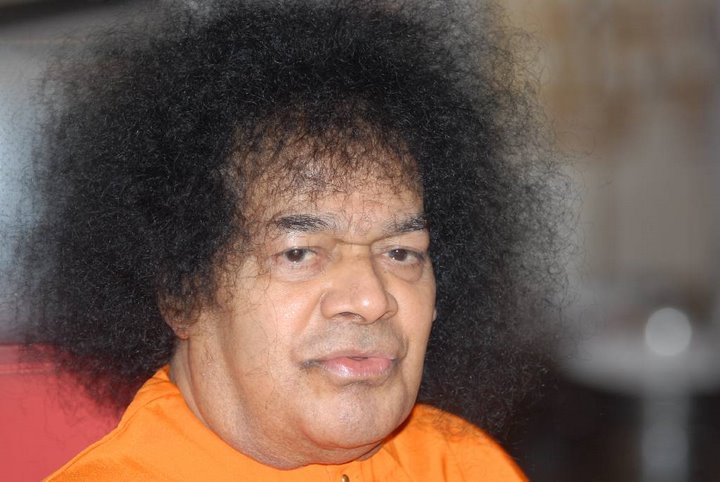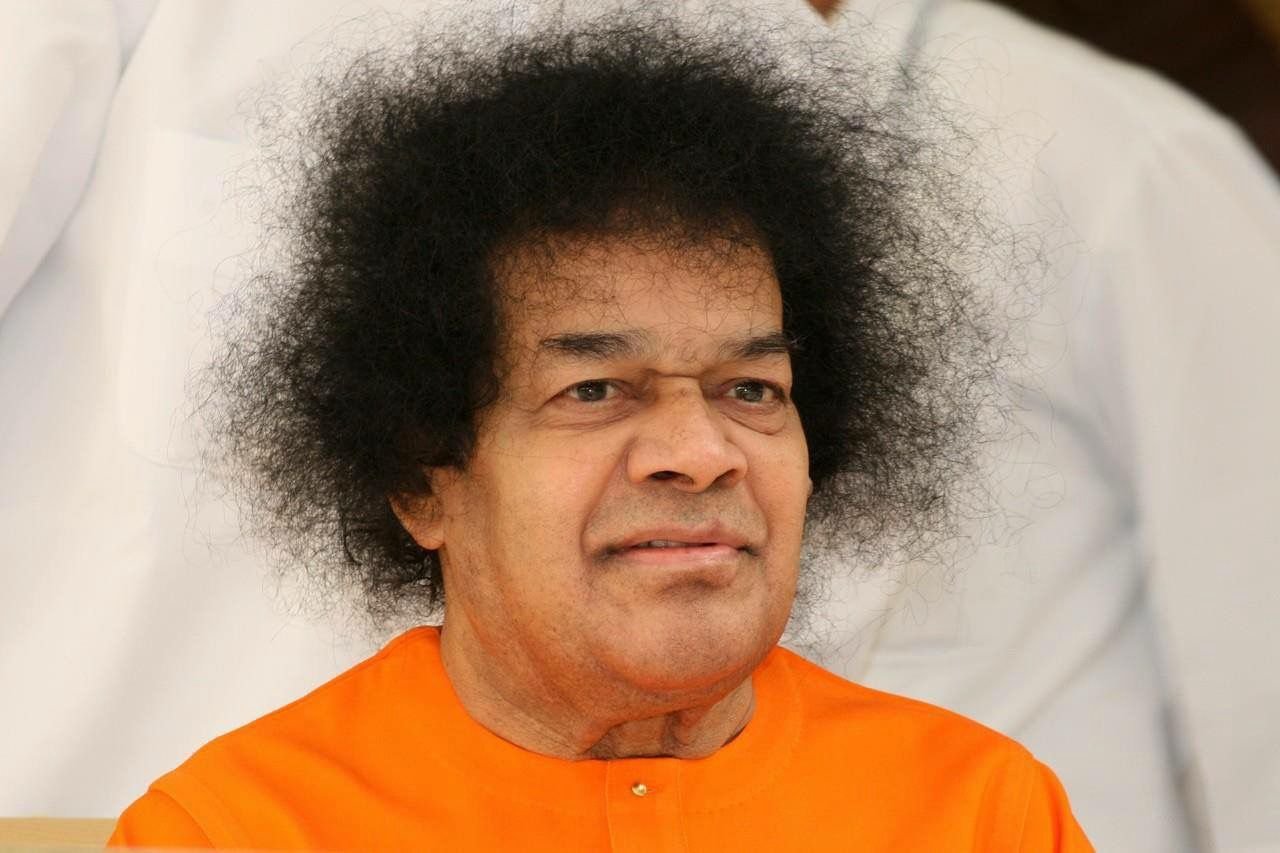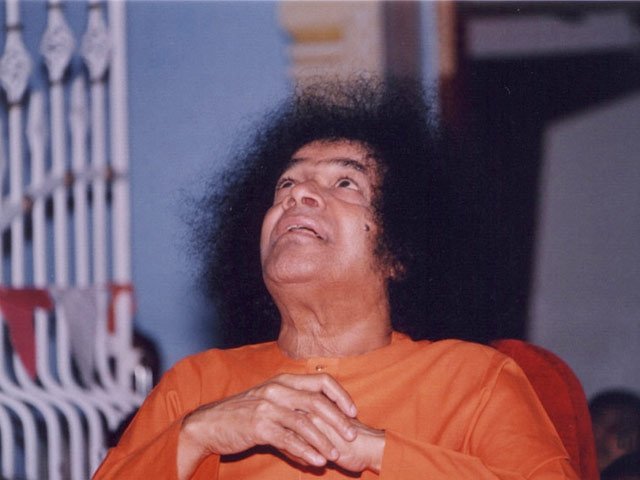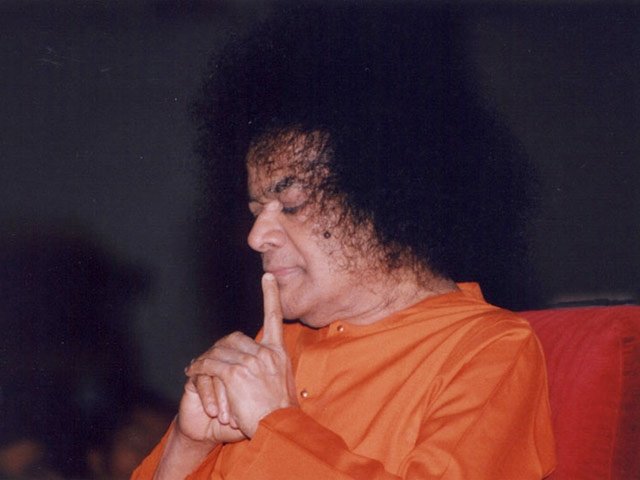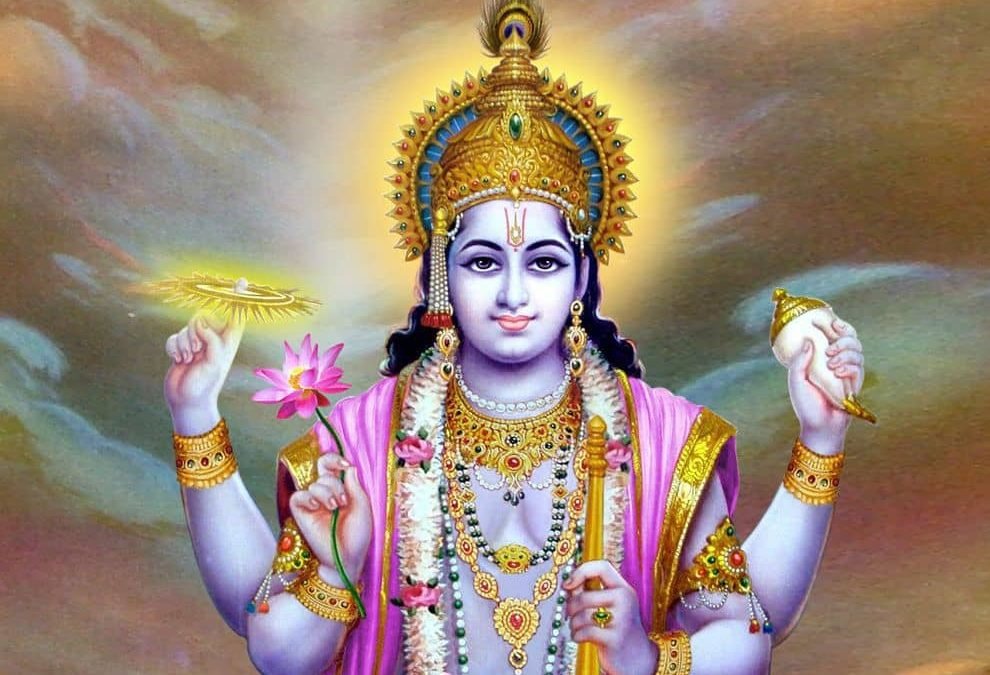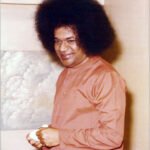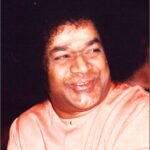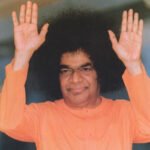Sri Ramana Maharshi

Whenever I think of spiritual luminaries who have left an indelible mark on the world, Ramana Maharshi immediately comes to mind.
Born as Venkataraman Iyer but revered as Bhagavan Ramana Maharshi, he wasnŌĆÖt just a sage who shared wisdomŌĆöhe lived it. His life and teachings have touched countless hearts, mine included. The simplicity of his message, the profoundness of his realisation, and the way he embodied peace make him one of the greatest spiritual figures of modern times. Also known as Maharshi Ramana, Sri Ramana, or simply Ramana, he showed us that enlightenment isnŌĆÖt some far-off, unreachable goal. Through his method of self-inquiry, he revealed that the answer lies in turning inward and asking the most fundamental question: Who am I?┬Ā
Early Life of Sri Ramana Maharshi
Ramana Maharshi, born on December 30, 1879, in a small village called Tiruchuzhi in Tamil Nadu, India, began life as a regular boy named Venkataraman Iyer. His family was deeply rooted in traditional Hindu values, and he grew up under the care of his mother, Alagammal, and his father, Sundaram Iyer, who worked as a pleader. Little did anyone know that this ordinary child would one day become Sri Ramana, a spiritual master whose presence would be sought by people from around the world.
As a boy, Venkataraman showed no extraordinary signs of spiritual inclination. In fact, he was like any other childŌĆöplaying, attending school, and occasionally getting into mischief. What stands out about his early life is its simplicity. There were no miraculous signs or grand prophecies about his future. If anything, this normalcy makes his transformation into Bhagavan Ramana Maharshi all the more remarkable. When Venkataraman was just 12 years old, his father passed away unexpectedly. This event brought significant changes to the familyŌĆÖs life, forcing them to move to his uncleŌĆÖs house in Madurai. While this loss was undoubtedly a turning point, it wasnŌĆÖt yet the moment that would awaken the Maharshi Ramana we now revere. However, during this time, Venkataraman began hearing about Arunachala Hill, the sacred mountain in Tiruvannamalai. Stories of its divine significance captured his imagination, though he had no idea how pivotal Arunachala would become in his life. ItŌĆÖs said that even as a child, he felt an unexplainable pull toward the mountain, which Hindus regard as a physical manifestation of Lord Shiva.

The upadesa of Sri Bhagavan, that is to say, the guidance or instruction given by Him, was secret in a sense. Although he was accessible to all alike, and although questions were normally asked and answered in public, the guidance given to each disciple was nevertheless intensely direct and adapted to his character. When asked once by Swami Yogananda, a Swami with a large following in America, what spiritual instruction should be given to the people for their uplift, he replied: ŌĆ£It depends on the temperament and spiritual maturity of the individual. There can be no mass instruction.ŌĆØ
RamakrishnaŌĆÖs teachings regarding the highest truths of spiritual life were delivered in the simplest language and were punctuated by parables and homely metaphors as illustrations. Many noted writers and philosophersŌĆöMahatma Gandhi, Leo Tolstoy, Aldous Huxley, Christopher Isherwood, Thomas Merton, Arnold Toynbee, Joseph CampbellŌĆöhave been deeply impressed and influenced by him.

Sri Bhagavan was intensely active,
yet so concealed was his activity that casual visitors and those who failed to perceive it believed that he gave no upadesa at all or that he was indifferent to the needs of seekers. It is generally agreed that realization is possible only through the grace of a guru. Sri Bhagavan was as definite about this as other Masters. Therefore, it was not enough for the sadhaka (aspirant) to know that his teaching was sublime and his presence inspiring; it was necessary to know that he was a Guru giving diksha (initiation) and upadesa (instruction).
It is axiomatic that one who is a Guru in this supreme sense of having realized his identity with the Absolute does not say so, inasmuch as there is no ego left to affirm the identity. Also, he does not say that he has disciples, for, being beyond otherness, there can be no relationship for him.
Bhagavan Ramana Maharshi remained indifferent to the material aspects of the ashram. He continued living a simple life, often joining devotees in their daily tasks, whether it was preparing meals or tending to the cows. The ashram slowly developed around him, with devotees contributing their time, skills, and resources. Over the years, various structures were added:
- The Shrine of Sri Ramana Maharshi, where his Samadhi (final resting place) now resides.
- The Old Hall, a simple space where Ramana would sit and interact with visitors.
- Meditation halls, dining areas, and a library filled with books on his teachings.
Even as the ashram grew, it retained the essence of Sri RamanaŌĆÖs teachingsŌĆösimplicity, humility, and a focus on self-realisation. Walking through the ashram today, itŌĆÖs easy to feel the calm and silence that must have pervaded during RamanaŌĆÖs time.
If thereŌĆÖs one thing that sets Bhagavan Ramana Maharshi apart as a spiritual teacher, itŌĆÖs the simplicity of his message. Unlike many traditions that rely on complex rituals or philosophical systems, Sri Ramana pointed directly to the core of our existence: the self. When Ramana Maharshi experienced his awakening as a teenager, it came through direct self-inquiry. He realised that the ŌĆ£IŌĆØ we often associate with the body and mind is not the true self. Instead, the true self is the pure awareness that underlies all thoughts and experiences.
In his teachings, he encouraged everyone to turn inward and investigate the source of their sense of self. The process is simple, though not necessarily easy:
- When a thought or feeling arises, ask yourself, ŌĆ£Who is experiencing this?ŌĆØ
- Trace the ŌĆ£IŌĆØ back to its origin.
- Rest in the awareness that remains when all thoughts and identifications fall away.
This practice isnŌĆÖt about intellectual understanding or belief. ItŌĆÖs about direct experience.

While Maharshi Ramana rarely engaged in abstract philosophy, his teachings naturally aligned with the principles of Advaita Vedanta (non-dualism). Some of his core ideas include:
The Self is Eternal
According to Sri Ramana, the self is not something to be attainedŌĆöitŌĆÖs already present within each of us. The journey is about removing ignorance and recognising this eternal truth.
The Illusion of the Ego
Ramana often spoke about the ego as the false ŌĆ£IŌĆØ that creates a sense of separation. Through self-inquiry, this ego dissolves, revealing the true self.
Silence as the Ultimate Teaching
For Bhagavan Ramana, words were secondary. He often said that silence was the purest form of communication. Sitting in his presence, many devotees reported profound inner experiences without a single word being spoken.
The later years of Bhagavan Ramana MaharshiŌĆÖs life were marked by the same simplicity and grace that defined his earlier days. Despite the growing number of devotees and the establishment of Sri Ramanasramam as a spiritual centre, he remained a humble and unassuming presence. For me, this phase of his life is deeply inspiringŌĆöit shows how a realised being can remain unaffected by fame, devotion, or even physical suffering.

By the time Sri Ramana Maharshi was in his 40s, the ashram had become a hub for spiritual seekers from all over the world. People came to sit in his presence, ask questions, and simply bask in the silent power that radiated from him. Despite the increasing number of visitors, Ramana never sought to create a following or establish himself as a guru.
His life at the ashram was astonishingly simple. He ate the same food as everyone else, often helping in the kitchen or sitting with devotees during meals. He treated all beingsŌĆöhumans, animals, even plantsŌĆöwith the same love and respect. Stories abound of his compassion toward animals, such as Cow Lakshmi, a cow that was deeply attached to him and was said to have attained liberation in his presence. What I find most remarkable about this period is how accessible he was. Devotees could approach him at any time with their questions, whether profound or mundane. And yet, Sri Ramana rarely gave lengthy answers. His words were few but powerful, always pointing back to the same truth: ŌĆ£Turn inward and know yourself.ŌĆØ
The Moment of Maha Nirvana
On the evening of April 14, 1950, Sri Ramana Maharshi breathed his last. Devotees gathered around him as he passed away peacefully, his face radiating the same calm and serenity it always had. At the exact moment of his passing, many reported seeing a bright light streak across the sky, heading toward Arunachala Hill. For his followers, this was a sign that Bhagavan Ramana had merged with the divine.
Even in death, Sri Ramana left behind a legacy that continues to shine. His body was interred at Sri Ramanasramam, and a shrine was built over his Samadhi. Today, this shrine is a sacred space where devotees meditate and feel his presence.
His method of self-inquiry, or Atma Vichara, has been embraced by people from all walks of life. ItŌĆÖs a practice that doesnŌĆÖt require adherence to any religion or tradition, making it universally accessible. Whether youŌĆÖre a monk meditating in a Himalayan cave or a working professional navigating the chaos of modern life, Sri RamanaŌĆÖs teachings offer a way to find peace within.
His core teachingŌĆöasking ŌĆ£Who am I?ŌĆØŌĆödoesnŌĆÖt require any specific belief system. ItŌĆÖs a question that transcends religious or cultural boundaries, inviting everyone to look inward.┬Ā

